What Size Sd Card For Switch?
The Nintendo Switch is a versatile gaming console that has captured the hearts of many gamers worldwide. One of its most appealing features is the ability to add extra storage through the use of a MicroSD card. However, determining the best size for a MicroSD card for the Nintendo Switch can be a daunting task. This article aims to provide a comprehensive guide on choosing the right MicroSD card size, answering all your pressing questions and helping you make an informed decision.
Understanding Storage Requirements

Before diving into specific sizes, it's important to understand why you might need extra storage in the first place. The Nintendo Switch comes with 32GB of internal storage, but a significant portion of this is consumed by the system, leaving less room for games and other content. Given that some games can be quite large (over 10GB in some cases), you can quickly run out of space. Adding a MicroSD card can significantly expand your storage, allowing you to download and save more games, updates, and downloadable content (DLC).
Common MicroSD Card Sizes
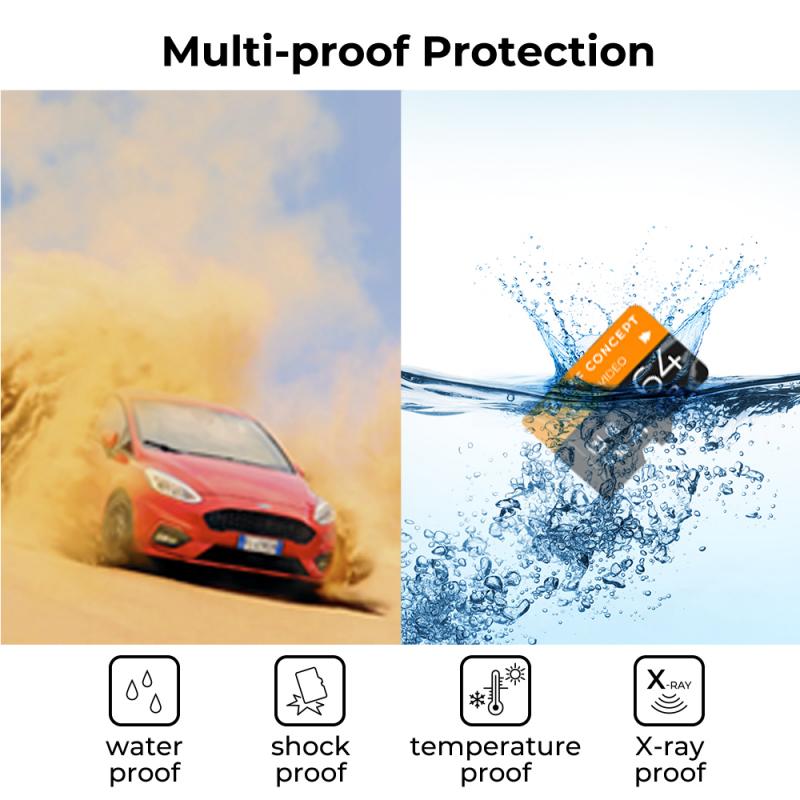
MicroSD cards come in various sizes, commonly ranging from 32GB to 1TB. Here's a breakdown of what you can expect from each size:
1. 32GB:
- Suitable for casual gamers.
- Ideal for storing a few small to medium-sized games.
- May require frequent management of storage space.
2. 64GB:
- A step up, offering more flexibility.
- Good for those who download a moderate amount of games.
- Still may require occasional management of storage.
3. 128GB:
- Common choice for many users.
- Offers a balance between cost and capacity.
- Suitable for those who download several large games.
4. 256GB:
- Recommended for serious gamers.
- Plenty of room for a large library of games.
- Minimal need for storage management.
5. 512GB to 1TB:
- Best for hardcore gamers or those who prefer to have a vast digital library.
- Rarely need to worry about running out of space.
- Higher cost but the convenience may be worth it.
Estimating Game Sizes
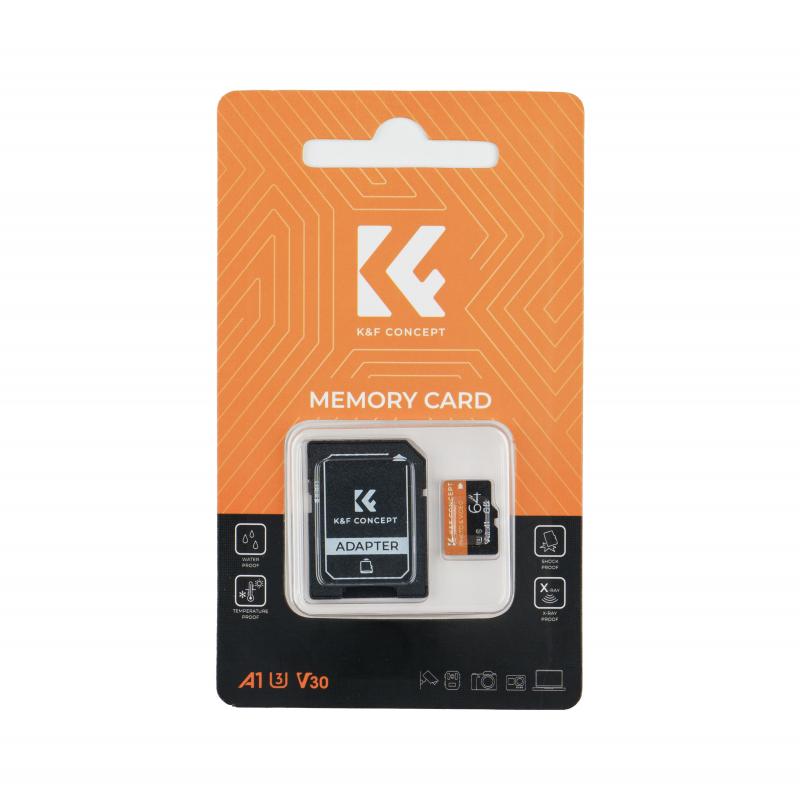
To understand how much space you might need, consider the typical sizes of some popular games:
- The Legend of Zelda: Breath of the Wild: ~14GB
- Super Smash Bros. Ultimate: ~13.6GB
- Mario Kart 8 Deluxe: ~6.8GB
- Animal Crossing: New Horizons: ~6.2GB
- Fortnite: ~12GB
Given these sizes, a 32GB card might fill up quickly, whereas a 128GB card would offer ample room for a more varied library.
Speed Matters: UHS-I vs. UHS-II
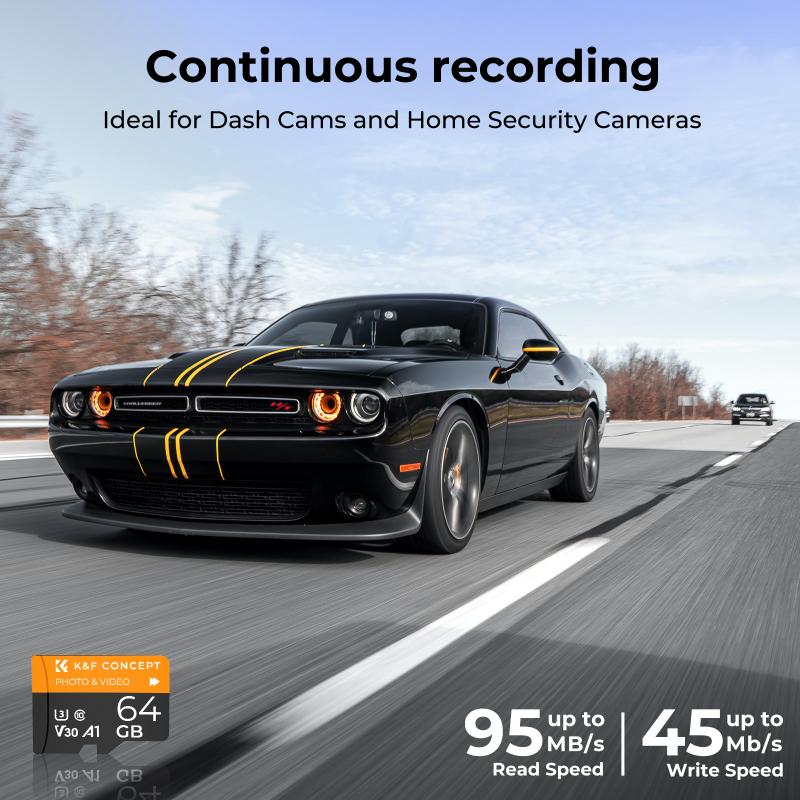
When selecting a MicroSD card, speed is another critical factor to consider. The Nintendo Switch is compatible with UHS-I (Ultra High Speed) cards, which provide ample speed for gaming needs. UHS-II cards are faster but often more expensive and not fully utilized by the Switch. Therefore, a UHS-I MicroSD card, such as those rated Class 10 or U3, is generally sufficient.
Budget Considerations
Price is always a factor when expanding storage. As expected, the cost increases with the storage capacity:
- 32GB: $10-$15
- 64GB: $15-$25
- 128GB: $25-$40
- 256GB: $40-$70
- 512GB to 1TB: $100-$200+
For many gamers, the sweet spot in terms of price and storage capacity falls around the 128GB to 256GB range.
Managing and Organizing Your Storage
Once you've chosen and installed your MicroSD card, effective management of your storage space is crucial for optimizing your experience. Here are some tips:
1. Regular Backups:
- Regularly back up your game data to prevent data loss. This can be done via cloud saves for Nintendo Switch Online subscribers.
2. Delete Unused Content:
- Periodically delete games or content that you are not currently using. Re-downloading is always an option.
3. Categorize by Priority:
- Arrange your games and applications by priority or frequency of use. This way, your favorite and most-played games are always readily accessible.
Future-Proofing Your Investment
Considering the ever-growing size of games due to increasing graphics quality and content updates, opting for a larger MicroSD card can future-proof your investment. While you may not need 1TB right now, it can save you from potential storage crises down the line.
Compatibility and Installation
MicroSD cards are generally straightforward to install in the Nintendo Switch:
1. Turn Off Your Switch: Ensure your Switch is powered off before inserting the card.
2. Insert the MicroSD Card: Open the kickstand on the back of the Switch and insert the card into the slot.
3. Format the Card: Once inserted, the Switch will prompt you to format the card. Follow the on-screen instructions to complete the process.
Brand Reliability
Stick to reliable brands such as SanDisk, Samsung, and Kingston when purchasing a MicroSD card. These brands offer well-tested, robust storage solutions that are less likely to fail over time.
Closing Thoughts
Choosing the right size MicroSD card for your Nintendo Switch is a balance of understanding your gaming habits, budget, and future needs. While a 64GB card may suffice for casual gamers, those who frequently download large games and DLC might find a 128GB or 256GB card more convenient. For the ultimate freedom from storage concerns, larger capacities like 512GB or even 1TB might be the best long-term investment.
By taking into account the game sizes, storage management strategies, and potential for future needs, you can make a well-informed decision that enhances your gaming experience on the Nintendo Switch. Balancing capacity with budget and anticipating your future requirements will ensure that you enjoy seamless gaming without the constant hassle of managing storage space.


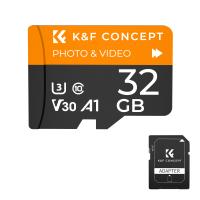





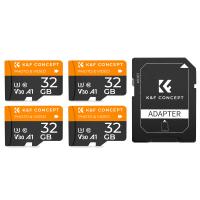
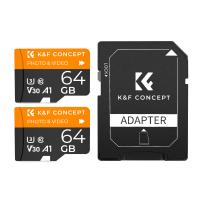
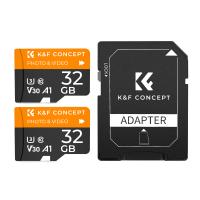

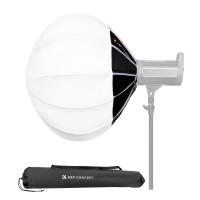

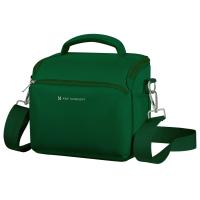
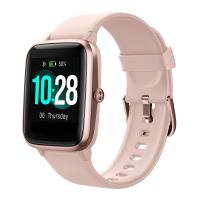
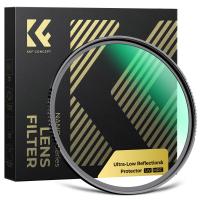
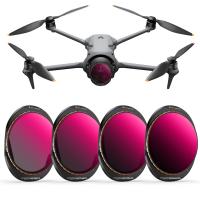
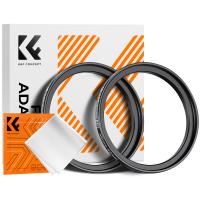
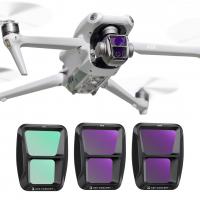

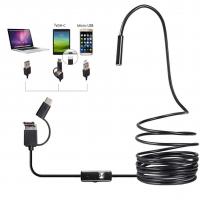

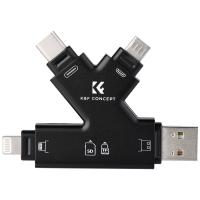





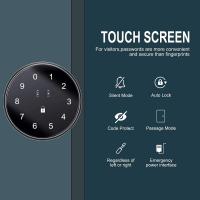
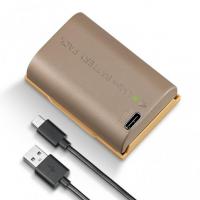


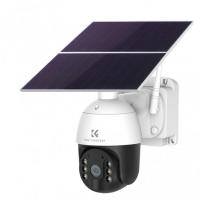

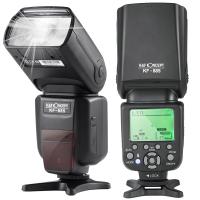
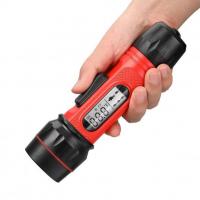
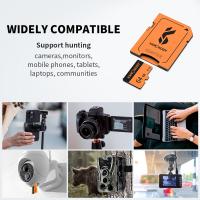
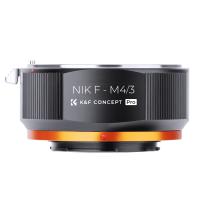
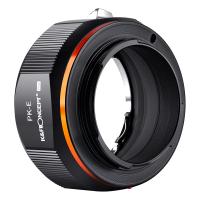
There are no comments for this blog.